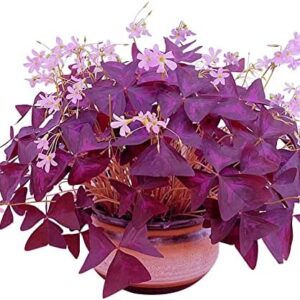Have you ever stopped to think about the incredible diversity of plant life that surrounds us every day? From towering trees in the forest to delicate flowers in a meadow, the world of botany is truly a fascinating and mysterious one. In this article, we’ll take a journey through the world of plant diversity, unearthing some of the mysteries that lie within.
Plants are essential to life on Earth, providing us with oxygen, food, and shelter. But the sheer variety of plant species that exist can be overwhelming. In fact, there are estimated to be over 400,000 different species of plants on our planet, with new ones being discovered all the time. So how do botanists make sense of this vast array of plant life?
One of the key tools that botanists use to study plant diversity is taxonomy, the science of classifying and naming organisms. By grouping plants with similar characteristics together, taxonomists can create a system for understanding the relationships between different species. This classification system allows scientists to not only identify and name plants, but also to study how they are related to one another.
But the world of plant diversity is not just about naming and classifying different species. It’s also about understanding the unique characteristics and adaptations that make each plant species special. For example, did you know that some plants have evolved to survive in extreme environments, such as deserts or arctic tundras? These plants have developed specialized features, like drought-resistant leaves or antifreeze proteins, that allow them to thrive in these harsh conditions.
Another fascinating aspect of plant diversity is the way that plants reproduce. While most of us are familiar with the process of pollination, where flowers attract bees and other pollinators to help them reproduce, there are actually many different ways that plants can reproduce. Some plants, like strawberries, reproduce by sending out runners that grow into new plants. Others, like ferns, reproduce by releasing spores into the air. By studying the different ways that plants reproduce, botanists can gain valuable insights into the evolution of plant species.
But perhaps the most intriguing mysteries of plant diversity lie in the relationships between different plant species. By studying the genetic similarities and differences between plants, scientists can trace the evolutionary history of plant life on Earth. This has led to some surprising discoveries, such as the fact that bananas are actually berries, while strawberries are not! By unraveling the complex web of plant relationships, botanists are gaining a deeper understanding of how plants have adapted and evolved over millions of years.
Of course, studying plant diversity is not just about solving mysteries. It’s also about appreciating the beauty and wonder of the natural world. From the vibrant colors of a tropical rainforest to the delicate petals of a mountain wildflower, plants come in an astonishing array of shapes and sizes. By exploring the diversity of plant life, we can gain a greater appreciation for the intricate beauty of the world around us.
So next time you take a walk in the park or garden, take a moment to marvel at the incredible diversity of plant life that surrounds you. From ancient trees that have stood for centuries to tiny wildflowers that bloom for just a few days, each plant has a story to tell. By delving into the world of botany and unearthing the mysteries of plant diversity, we can gain a deeper understanding of the natural world and our place within it.






